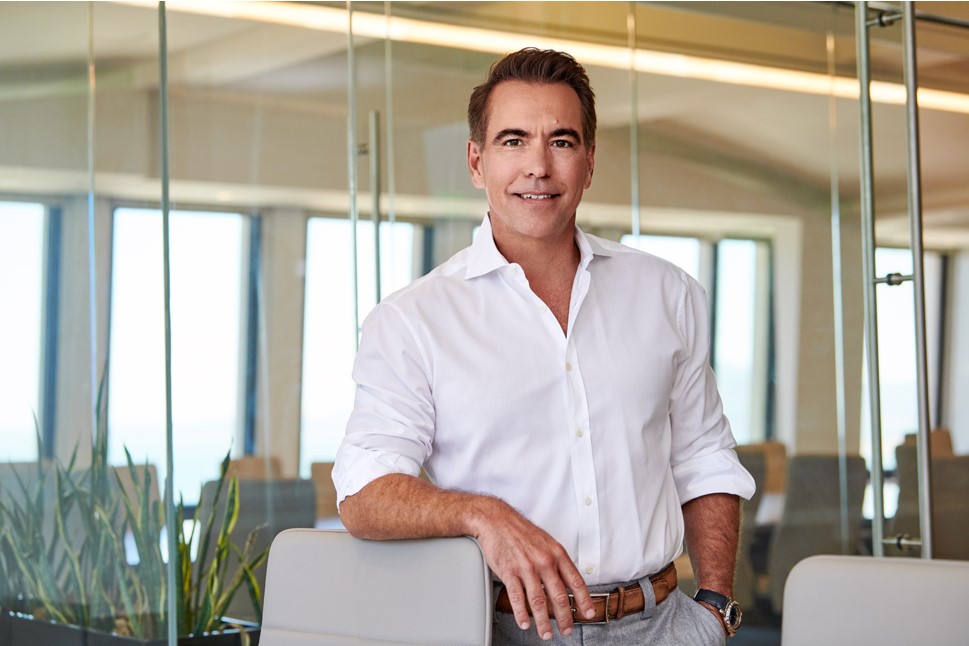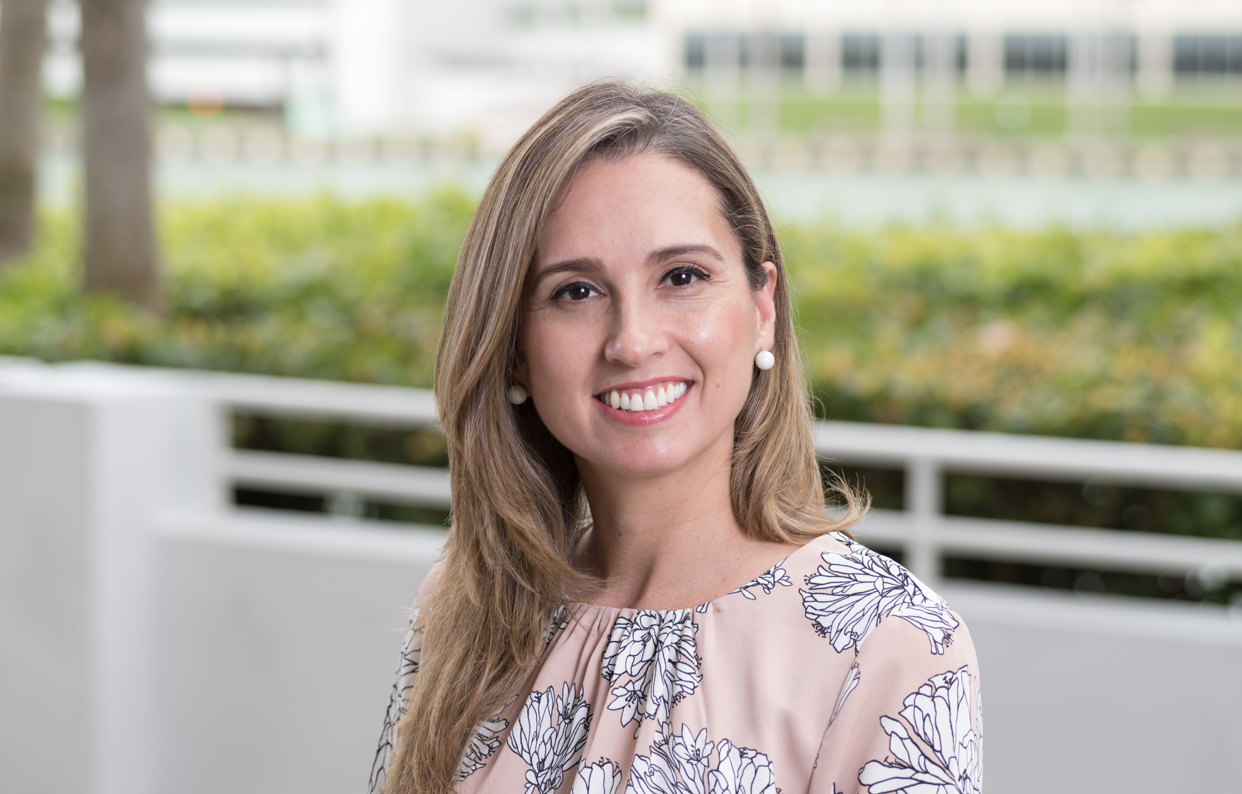
Dividing a portfolio’s investments more or less evenly between developed market stocks and bonds has proved a rewarding strategy over the past few decades. The annualised return investors have secured by pursuing this approach has been in the high single digits – gains that have come courtesy of steady economic growth, an almost continuous fall in interest rates and inflation, and relatively calm financial market conditions.
Yet our forecasts covering the next five years indicate investors will need to plot a different course to achieve a similar result. This will involve allocating less capital to the developed world, increasing holdings of emerging market assets, and investing far more in alternatives, particularly commodities and gold.

A key finding from our research is that returns from equity markets will fall victim to an unfavourable shift in the business cycle. The global economy is approaching the end of its post-Covid expansionary phase. Tighter financial conditions, a peak in US jobs growth and large output gaps all point to a recession this year or next. This has significant investment implications. There is a considerable difference between making an allocation to stocks in the lead-up to a slump and doing the same once recovery begins to take root. And that’s true even for those who invest over long time horizons.
Our analysis of the past 100 years shows that an initial investment in developed market stocks after the end of a recession delivers a price return of 10 per cent a year for the following five years; investing before a recession, as would be the case today, has by comparison typically delivered only a 4 per cent annualised return – a shortfall of some 6 per cent per year.
A key finding from our research is that returns from equity markets will fall victim to an unfavourable shift in the business cycle. The global economy is approaching the end of its post-Covid expansionary phase. Tighter financial conditions, a peak in US jobs growth and large output gaps all point to a recession this year or next. This has significant investment implications. There is a considerable difference between making an allocation to stocks in the lead-up to a slump and doing the same once recovery begins to take root. And that’s true even for those who invest over long time horizons.
Our analysis of the past 100 years shows that an initial investment in developed market stocks after the end of a recession delivers a price return of 10 per cent a year for the following five years; investing before a recession, as would be the case today, has by comparison typically delivered only a 4 per cent annualised return – a shortfall of some 6 per cent per year.
Another obstacle for developed equity markets is a looming squeeze on corporate profit margins. With wages and raw materials prices rising, more stringent regulations adding to the costs of doing business and the prospect of a rise in corporate taxation, margins can be expected to fall by a cumulative 10 per cent over the next five years.
But it is not only developed market stocks that will struggle to match their past performance. Developed government bonds will also labour to deliver what investors require of them over the next five years. Such securities have traditionally served as an anchor for a diversified portfolio – a crucial source of income and capital protection during periods of economic uncertainty.
Yet outside the US – where initial valuations for government and investment grade bonds are becoming more attractive thanks to this year’s spike in yields – returns from developed market fixed income will fall below inflation over the next five years.
To make up for the lacklustre returns and income on offer from the developed world, investors will have to strike a delicate balance. On the one hand, our analysis indicates that, on average, portfolios will require higher allocations to stocks and bonds from emerging markets, as well as commodities – riskier investments that offer higher prospective returns. On the other, it would be prudent to accompany this dialling up of risk with a higher allocation to assets that do not move in lockstep with mainstream stocks and bond markets, such as liquid alternatives, gold and private assets.
Within emerging markets, Chinese stocks look particularly attractive while emerging market bonds’ income-generating potential should grow, enhanced by what we believe will be a steady appreciation in developing world currencies.
Among alternatives, non-energy commodities look especially appealing; their returns should be in excess of inflation over the next half a decade.
Our analysis also shows real estate and private equity both outperforming developed market equities over our five-year forecast horizon. Allocations to gold and infrastructure, meanwhile, make sense at this juncture as a means to diversify risk and protect portfolios against the possibility of stubbornly high – or volatile – inflation.
Investors can remain faithful to the traditional balanced portfolio of mainstream bonds and stocks but, in doing so, accept a lower return and potentially higher volatility.
The next five years, then, present investors with a conundrum. They can remain faithful to the traditional balanced portfolio of mainstream bonds and stocks but, in doing so, accept a lower return and potentially higher volatility. Or they can take a less familiar path and allocate more of the capital to alternative assets. Our analysis suggests, the second option is the wiser course.
Opinion written by Luca Paolini, Pictet Asset Management’s Chief Strategist, and Arun Sai, Senior Multi Asset Strategist.
Download the full investment outlook to read more on this subject.
Information, opinions, and estimates contained in this document reflect a judgment at the original date of publication and are subject to risks and uncertainties that could cause actual results to differ materially from those presented herein.
Important notes
This material is for distribution to professional investors only. However, it is not intended for distribution to any person or entity who is a citizen or resident of any locality, state, country or other jurisdiction where such distribution, publication, or use would be contrary to law or regulation.
The information and data presented in this document are not to be considered as an offer or sollicitation to buy, sell or subscribe to any securities or financial instruments or services.
Information used in the preparation of this document is based upon sources believed to be reliable, but no representation or warranty is given as to the accuracy or completeness of those sources. Any opinion, estimate or forecast may be changed at any time without prior warning. Investors should read the prospectus or offering memorandum before investing in any Pictet managed funds. Tax treatment depends on the individual circumstances of each investor and may be subject to change in the future. Past performance is not a guide to future performance. The value of investments and the income from them can fall as well as rise and is not guaranteed. You may not get back the amount originally invested.
This document has been issued in Switzerland by Pictet Asset Management SA and in the rest of the world by Pictet Asset Management (Europe) SA, and may not be reproduced or distributed, either in part or in full, without their prior authorisation.
For US investors, Shares sold in the United States or to US Persons will only be sold in private placements to accredited investors pursuant to exemptions from SEC registration under the Section 4(2) and Regulation D private placement exemptions under the 1933 Act and qualified clients as defined under the 1940 Act. The Shares of the Pictet funds have not been registered under the 1933 Act and may not, except in transactions which do not violate United States securities laws, be directly or indirectly offered or sold in the United States or to any US Person. The Management Fund Companies of the Pictet Group will not be registered under the 1940 Act.
Pictet Asset Management (USA) Corp (“Pictet AM USA Corp”) is responsible for effecting solicitation in the United States to promote the portfolio management services of Pictet Asset Management Limited (“Pictet AM Ltd”), Pictet Asset Management (Singapore) Pte Ltd (“PAM S”) and Pictet Asset Management SA (“Pictet AM SA”). Pictet AM (USA) Corp is registered as an SEC Investment Adviser and its activities are conducted in full compliance with SEC rules applicable to the marketing of affiliate entities as prescribed in the Adviser Act of 1940 ref.17CFR275.206(4)-3.
Pictet Asset Management Inc. (Pictet AM Inc) is responsible for effecting solicitation in Canada to promote the portfolio management services of Pictet Asset Management Limited (Pictet AM Ltd) and Pictet Asset Management SA (Pictet AM SA).
In Canada Pictet AM Inc is registered as Portfolio Manager authorized to conduct marketing activities on behalf of Pictet AM Ltd and Pictet AM SA.











